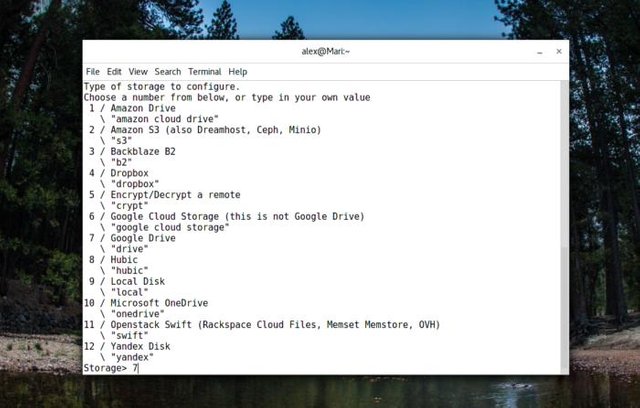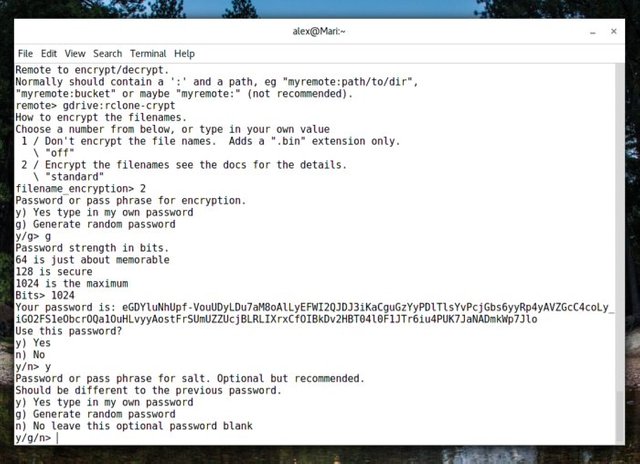Linux cloud files
Linux was a freely distributed,multi-tasking, multi-user UNIX operating system variant. Linux is an open platform operating system developed jointly by many concerned and curious people on the internet, and on many platforms, especially IBM-PC compatible personal computers can run at no cost.
Learn What?
- You'il learn to use clones.
- Learn cloud computing on Linux
Need
- Set up an encrypted remote control with rclone.
- Cloud files
- Linux system
Challenge
- Inside
Contents
To start using rclone, you must set cloud distances. Rclone installation first you can start Rclone installation using the package manager of your Linux distribution. The rclone Config command is simple, easy to follow, and is used to access the startup setup process.
Setting Up My Rclone Google Drive account requires access to Google Driveexp Campbellup, a page opens to request access to rclone. first set up an unencrypted remote control. Like above, my Google Drive account is connected to Rclone “gdrive."Configuring Google to allow access to my account automatically opened a browser window ”"if you are using a bucket service, make sure you enter the name of the bucket you want to use.

After the initial setup is complete, you must pass time to reconfigure the encrypted remote rclone configuration. To set the remote type in the configuration program, select encrypted remote.
Rclone set up an encrypted Remote Control with Alex Campbell
Set up an encrypted remote control with rclone.
You will also be prompted to use passwords and encrypt your files. If you do not want to be bothered by creating a super Secret secure password, the program can allow for a random password for you. Even ask rclone to encrypt file names and folders

The first way to use rclone is with the Sync command. The Sync command synchronizes files from source to destination. To synchronize files to a folder in a cloud (drag), just use:
rclone sync remote:path /path/folder
(Push) use another way to synchronize:
Rclone sync /path/to/folder remote:path**
These commands are great if you want to manually synchronize. There are ways to automatically synchronize files with rclone, but it requires writing a script or two and a cron job.
The second main method to use rclone is experimental, but in my opinion, it offers a more seamless experience. Rclone can remotely mount insurance using a remote Samba (Windows) share or a remote server, which makes it visible to file managers such as a USB drive. To do this, use the following command :
rclone mount remote:path /path/mount &
Just like installing another file system, the file system must be mounted remotely (and must be empty) on the folder. if the remote control is a bit sensitive and does not fit properly on a valid path, the connection does not work.
Nautilus Paul Campbell remote control
The plugged rclone remote looks like other connected storage.

There's something else under rclone's command. As far as I know, rclone connections must be unmounted manually with the following command:
** fusermount-u /path/mount**
Result
Cloud storage for personal files is very popular, especially with the advent of Ultrabook, which uses large HDDs that are common on full-size laptops instead of 500GB. Less storage space means the cloud services needed to keep offline backups of files.
Well, congratulations. successful use
Hi! I am a robot. I just upvoted you! I found similar content that readers might be interested in:
http://www.pcworld.com/article/3170896/linux/how-to-easily-keep-your-cloud-files-private-with-rclone.html
Your contribution cannot be approved because it does not follow the Utopian Rules.
You can contact us on Discord.
[utopian-moderator]